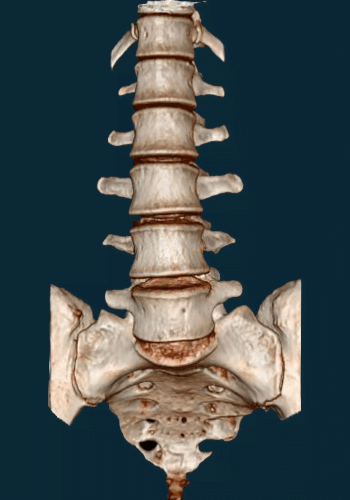Brain & Spine Trauma/Injury Surgery
Surgery is the first and most common treatment for most people with brain tumors.
Brain and spine trauma refers to injuries or incidents that impact a person’s brain or spinal cord. Small babies may suffer injuries as a result of forcible head shaking or jerking. Injuries from falls, auto accidents, sports, or other incidents sometimes result in brain and spine trauma in youngsters.
Request an Appointment
Spinal Cord Injury
The human spine is made of many bones called vertebrae. The spinal cord runs downward through a canal in the center of these bones & is a bundle of nerves that carries messages between the brain and the rest of the body for movement and sensation.
Acute spinal cord injury (SCI) is due to a traumatic injury that bruises, partially tears, or completely tears the spinal cord. SCI is a common cause of permanent disability and death in children and adults.
Some people are at higher risk for SCI than others. The average age at the time of injury has increased over the past few decades and is currently 42 years. Most people who suffer SCIs are male. Non-Hispanic whites are at higher risk for SCI than any other ethnic group.

Symptoms of Acute Spinal Cord Injury
Symptoms of an acute SCI can vary widely. The location of the injury on the spinal cord determines what part of the body is affected and how severe the symptoms are.
Right after a spinal cord injury, your spine may be in shock. This causes loss or decreased feeling, muscle movement, and reflexes. But, as swelling eases, other symptoms may appear depending on the location of the injury.
- Quadriplegia is a loss of function in the arms and legs.
- Paraplegia is a loss of function in the legs and lower body.
The extent of the damage to the spinal cord determines whether the injury is complete or incomplete.
- A complete injury means that there is no movement or feeling below the level of the injury.
- An incomplete injury means that there is still some degree of feeling or movement below the level of the injury.
These are the most common symptoms of acute spinal cord injuries:
- Muscle weakness
- Loss of voluntary muscle movement in the chest, arms, or legs
- Breathing problems
- Loss of feeling in the chest, arms, or legs
- Loss of bowel and bladder function
The symptoms of SCI may look like other medical conditions or problems.
Frequently Asked Questions about
Brain & Spine Trauma Injury & Surgery
How Are Acute Spinal Cord Injuries Diagnosed?
Acute SCI is a medical emergency. Emergency evaluation is needed anytime there is a suspected injury to the spinal cord.
The effects of an SCI may not be clear at first. A full medical evaluation and testing are needed.
The diagnosis of SCI starts with a physical exam and diagnostic tests. During the exam, the healthcare provider will ask about your medical history and how the injury occurred.
A spinal cord injury can cause ongoing neurological problems that require further medical follow-up. Sometimes, surgery is needed to stabilize the spinal cord after acute SCI. Diagnostic tests may include:
- Blood tests
- X-ray. This test uses invisible electromagnetic energy beams to produce images of internal tissues, bones, and organs onto film.
- Computed tomography scan (also called a CT or CAT scan). An imaging test that uses X-rays and computer technology to produce detailed images (often called slices) of the body. A CT scan shows images of any body part, including the bones, muscles, fat, and organs. CT scans are more detailed than general X-rays.
- Magnetic resonance imaging (MRI): This test uses large magnets, radio frequencies, and a computer to produce detailed images of organs and structures within the body.
Are there any Risks or Issues with Artificial Disc Replacement Surgery?
How is An Acute Spinal Cord Injury Treated?
What is Living with Acute Spinal Injury Like?


Dr. Baker specializes in neurosurgery, neurosurgical spine surgery, neurotrauma, brain tumors, spinal tumors, and peripheral nerve damage treatment.









